Albertine Djiba, 15, likes Physics the most, while her friend Souleymane Camara, of the same age, is amazed by Computer Science. Yunus Sagna, however, leans towards English. “It is the most important language in the world,” he says with a smile. The bell for the end of classes has just rung at the Kamanar secondary school, in the town of Thionck Essyl, in the Senegalese region of Casamance, and the children rush out into the street. The scene is repeated daily in every school or institute in the world, but here it is different. This public school, a model of sustainable architecture adapted to its environment, is more than just bricks, wood and earth. It is a haven of quality teaching that is transforming an entire town.
The first surprise is that it is not a building, but 16 individual classrooms that are distributed in groups of four throughout a large space of two hectares dotted with trees, which includes a computer room, another biology room, the library, a office and staff room. In the background, two fields for sports practice delight the 464 students. “The first objective was to decongest the institute that already existed in the town,” says the center's director, Moustapha Boyang, “but maintaining an adequate ratio of 30 or 32 students per class. “It was an express request from our partners.” The average number of children per classroom in Senegal is 50, but in some schools it reaches up to 80, so Kamanar is a rare exception.
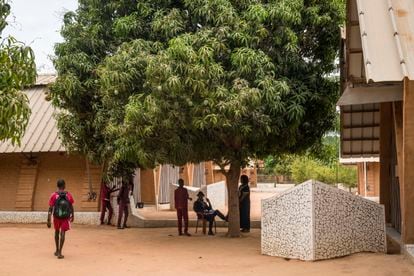
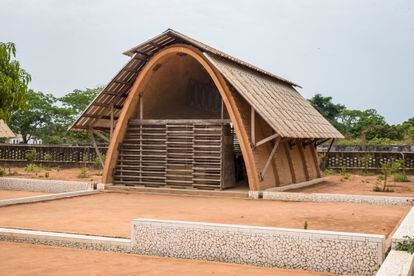
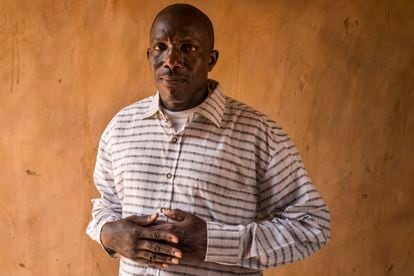
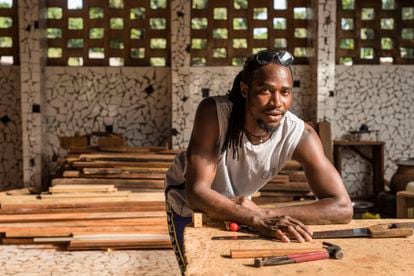
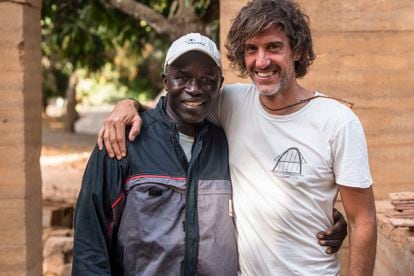
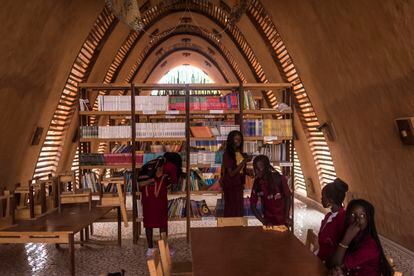

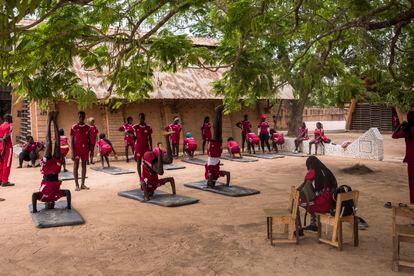
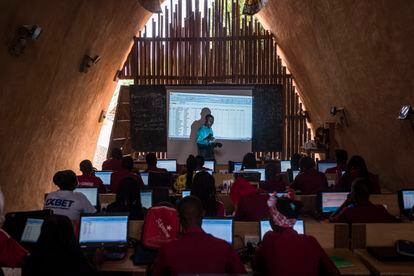
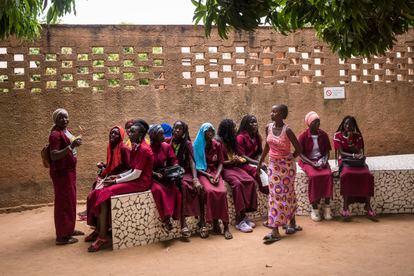
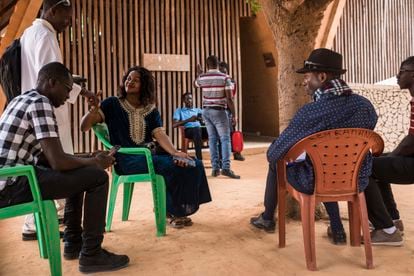
The idea dates back to 2014. In coor
dination with local authorities, Spanish architects Aina Tugores and David García, from the Barcelona studio Dawoffice, promoted the project that was managed by Foundawtion, a non-profit entity that combines architecture and education. Work began in 2016 with the first prototype classroom and the center was inaugurated in 2019 with 50% already completed. As it emerged, the neighbors of Thionck Essyl fell in love with their new school. Low cost, climatic comfort and the use of local materials were three of the construction axes. The classrooms are made with compressed earth blocks that also contain clay and 8% cement manufactured with a manual press that avoids cooking, which reduces energy consumption.
However, at first glance, the most striking thing is the vaults. “The most common material in the area is earth and in this region of Casamance it is interesting to use it in construction because it has between 20% and 30% clay, which is an excellent natural binder,” says David García. “However, due to its fragility, the best solution was the catenary curve. Ground vaults are widely used in Africa and are part of vernacular architecture. “It was an exercise in rigor and respect for the resistance of the material, not a gesture or the stroke of an architect.”
The usual heat in this area was taken into account from the beginning: the earth blocks are porous, the ventilation is cross and the orientation prevents solar incidence on the interior.
The usual heat in this area was taken into account from the beginning: the earth blocks are porous, the ventilation is cross and the orientation prevents solar incidence on the interior. The closure of the facades with wooden lattices and the sheet metal panels to protect the classrooms from rain, also frequent in summer, complete the striking profile of the complex. All of this allowed them to win the prestigious Aga Khan award for architecture in 2022, something that the residents of Thionck Essyl received with pride.
And another of the particularities of this school is that, in addition to the volunteers who came from Spain at different periods, all the labor was local. In fact, one of the objectives of the project was to strengthen the capacities of the inhabitants of Thionck Essyl. In 2016, the foundation was looking for a carpenter and found young Lamine Sambou, who was not even 30 years old and worked with his uncle. “It took me five seconds to accept the challenge. The first thing I did to them was four doors in less than a week. They were so happy that they hired me,” he says. “The relationship was so fruitful that, a year later, they built a workshop for me. My own workshop! In my life I had dreamed of something like this,” he adds. Today, given the success of the school, Sambou receives calls from all over the Casamance region and has become the fashionable carpenter.

Kaoussou Niassy, 48, has done a little bit of everything: formwork, carpentry and finally masonry. Better known as Eno (“it was my grandfather's name”), he has been the soul of the work. “I have learned a lot and I have also contributed my experience. Above all, it is important to have a left hand with the workers,” he explains with a mischievous smile. “Now, bricklayer Eno is well known everywhere.” Dozens of workers, mostly from the town itself, contributed to making the school possible, which cost around 400,000 euros and was financed by individual and collective contributions, including from the automotive company Teknia.
The school has been an incentive for the town. “Not only have we created 500 opportunities for 500 children, but interest and work have emerged, we have trained more than 150 workers who now make a living with these trades, as is the case of Lamine Sambou,” says García, the architect. . In addition, he explains that there is the aspect of training volunteers, for example, architects who in turn have done other works. And he concludes: “I think that the exchange of realities has been very positive, the coexistence between each other that I consider a bidirectional learning success. I think this can help discourage the desire to get on a boat, which is one of the reasons why we embarked on this.”
You can follow Future Planet in x, Facebook, instagram and TikTok and subscribe here to our newsletter.
#school #transformed #entire #town #Senegal